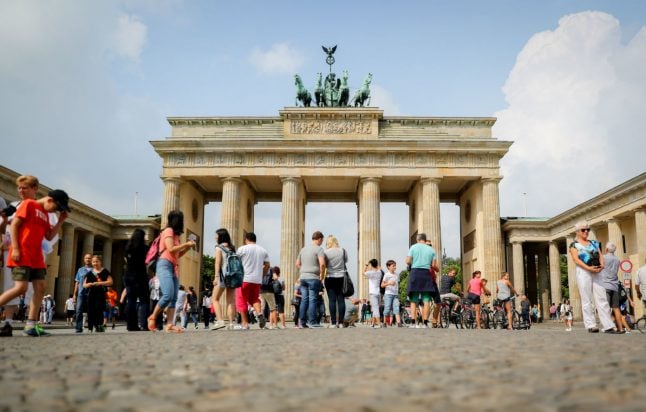The polling firm infratest dimap asked influential people in business, science and culture in eight countries what they thought of Berlin – and it turns out the Chinese have the most positive image of the capital.
The study, conducted for the city's official PR firm Berlin Partner, shows that some 97 percent of Chinese respondents have a positive image of Berlin.
But at least three quarters of respondents in France, Poland, Great Britain, Spain, Japan, Russia and the USA also said that they had a good or very good opinion of the city.
The study showed how Berlin’s reputation has taken off over the last 10 years. One in every three respondents said Berlin is a city of global importance, an increase of 22 percent compared to when the survey was last conducted in 2007.
“Poor but sexy” Berlin has also slowly gained a reputation as a place to do business, although the results show that there is still clearly work to be done in this area.
READ ALSO: Berlin v. San Francisco: Which is better for startups?
Whereas in 2007 some 22 percent of respondents said Berlin was an economic hub, that proportion crept up to 28 percent this year.
More encouragingly, 68 percent of respondents said Berlin would be their first choice as a place to relocate their businesses, a rise of 27 percent in a decade. Similarly 68 percent said they wanted to live in Berlin, and 70 percent said they wanted to work in the city.
Over one in three respondents described Berlin as a “world class” city. Just over a quarter praised it for its cosmopolitan nature, high quality of life and its good job prospects. A total of 23 percent associated the city with creativity and culture.
City authorities were quick to try and take the credit for the improvement in the city’s image.
“The positive results confirm that the city’s projects for improving the economy – for example the 2015 project Start Alliance Berlin – are taking effect,” said Stefan Franzke head of Berlin Partner.
“Our image campaigns in cities like New York, Tel Aviv, Paris, Moscow, Tokyo, and Shanghai have positioned Berlin as a desirable city with an economic model focused on the future.”



 Please whitelist us to continue reading.
Please whitelist us to continue reading.